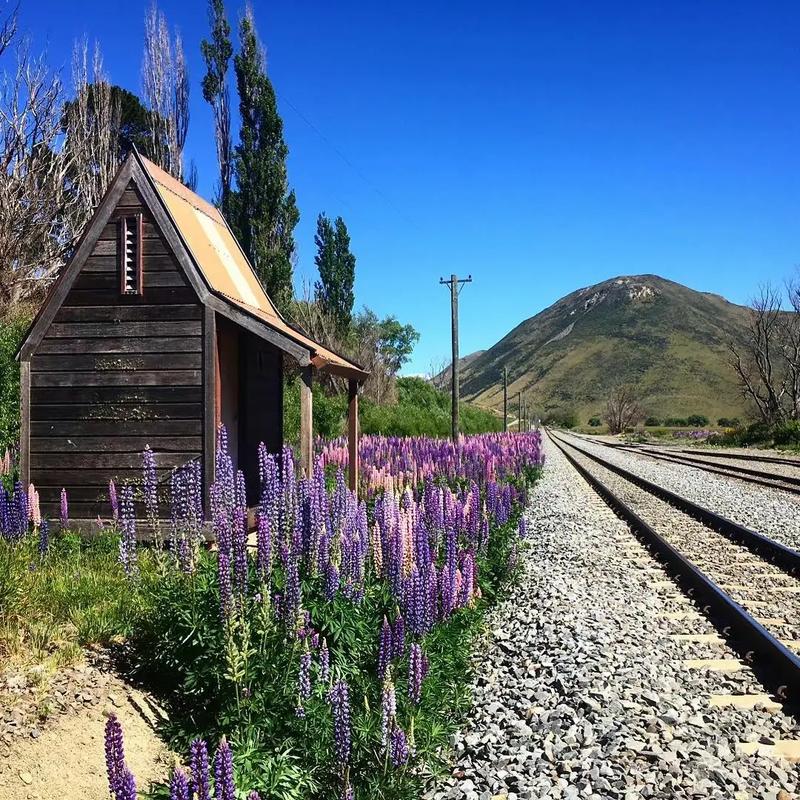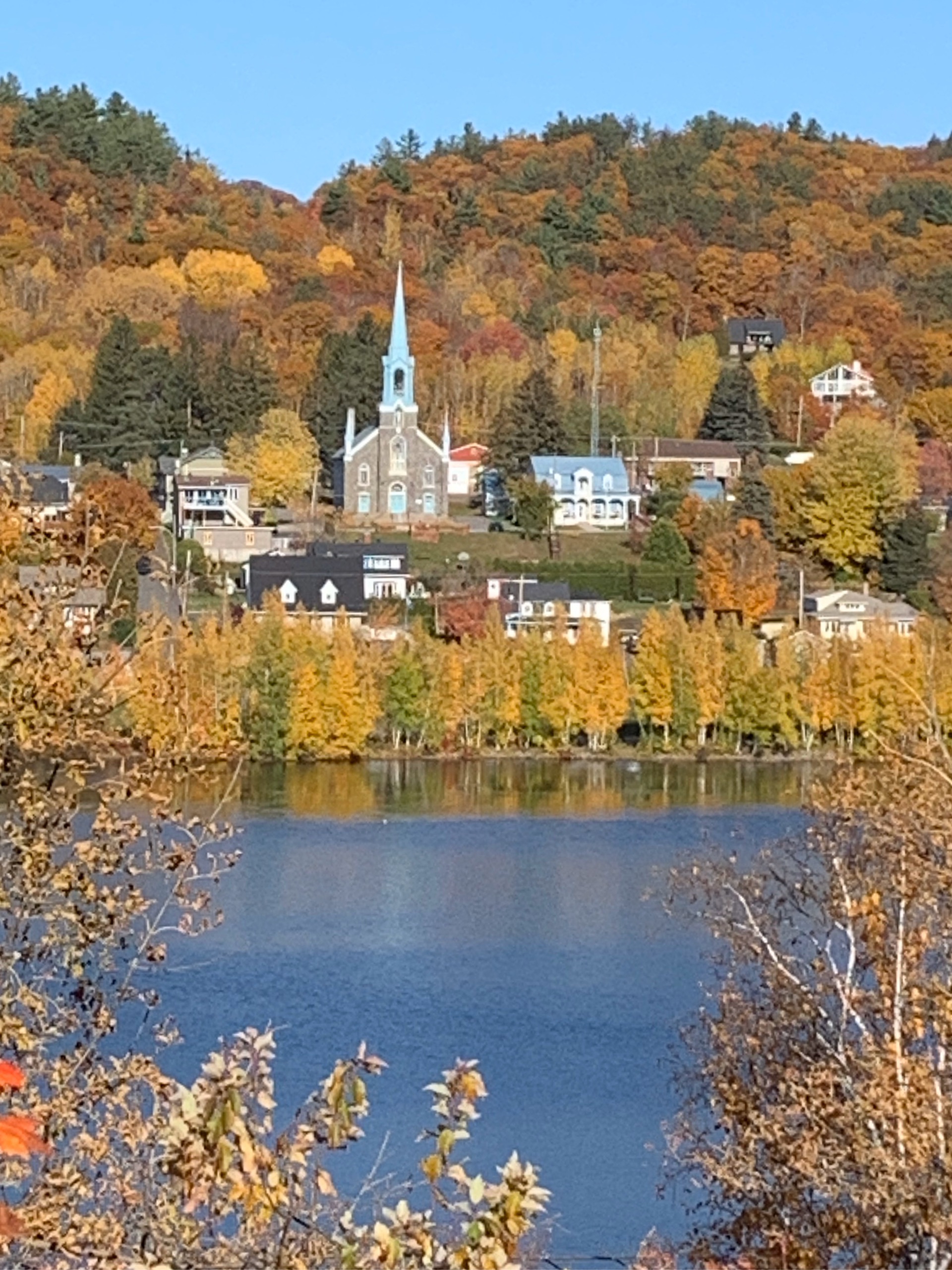Global Travel Information
River Amazon, Brazil/Peru/etc.
The Mighty Amazon: Heart of South America’s Biodiversity and Culture
Introduction
The Amazon River, often referred to as the "lungs of the Earth," is the lifeblood of South America. Stretching approximately 6,400 kilometers (4,000 miles), it is the second-longest river in the world, surpassed only by the Nile. However, in terms of water discharge, the Amazon is unparalleled, releasing more water into the ocean than the next seven largest rivers combined. Flowing through Brazil, Peru, Colombia, and several other countries, the Amazon River and its surrounding rainforest form one of the most ecologically diverse and culturally rich regions on the planet.
This article explores the Amazon’s geography, its unparalleled biodiversity, the indigenous cultures that depend on it, and the pressing environmental threats it faces.
1. The Geography of the Amazon River
The Amazon River originates in the Andes Mountains of Peru, where the Apurímac and Mantaro rivers merge. As it winds eastward, it collects water from over 1,100 tributaries, including major rivers like the Rio Negro, Madeira, and Japurá. By the time it reaches the Atlantic Ocean in Brazil, the Amazon discharges an astonishing 209,000 cubic meters of water per second—enough to fill over 83 Olympic-sized swimming pools every second.
One of the river’s most fascinating features is the Meeting of the Waters (Encontro das Águas), near Manaus, Brazil, where the dark Rio Negro and the sandy-colored Solimões River flow side by side for several kilometers without mixing due to differences in temperature, speed, and density.
The Amazon Basin spans over 7 million square kilometers, covering nearly 40% of South America. Its vast floodplains and wetlands create a dynamic ecosystem that supports an extraordinary variety of life.
2. Biodiversity: A Living Laboratory
The Amazon Rainforest, nourished by the river, is home to an estimated 10% of the world’s known species. Scientists believe that many more remain undiscovered.
Flora
The rainforest boasts over 16,000 tree species, including the towering kapok tree and the rubber tree, which played a crucial role in the 19th-century rubber boom. The Amazon also hosts countless medicinal plants, some of which have been used by indigenous tribes for centuries and are now studied for modern medicine.
Fauna
The river itself teems with life, including:

Pink River Dolphins (Boto): Unique freshwater dolphins with a mythical reputation in local folklore.
Arapaima: One of the largest freshwater fish, growing up to 3 meters (10 feet) long.
Electric Eels: Capable of generating shocks up to 600 volts.
Piranhas: Often misunderstood, these fish are mostly scavengers rather than aggressive predators.
The surrounding jungle shelters jaguars, harpy eagles, macaws, and countless insect species, including the bullet ant, known for its excruciating sting.
3. Indigenous Peoples and Cultures
For millennia, the Amazon has been home to hundreds of indigenous tribes, each with distinct languages, traditions, and knowledge of the forest. Some of the most well-known groups include:
The Yanomami (Brazil/Venezuela): One of the largest relatively isolated tribes, known for their shamanistic traditions.
The Asháninka (Peru/Brazil): Skilled farmers and warriors who have resisted deforestation and drug trafficking in their territories.
The Kayapó (Brazil): Environmental activists who have successfully fought against dam projects.
These communities rely on the river for food, transportation, and spiritual practices. However, their way of life is increasingly threatened by illegal logging, mining, and land encroachment.
4. Environmental Threats and Conservation Efforts
Despite its ecological importance, the Amazon faces severe threats:
Deforestation
Driven by agriculture (especially soy and cattle ranching), logging, and infrastructure projects, deforestation has destroyed nearly 20% of the Amazon Rainforest. The loss of trees not only reduces biodiversity but also disrupts rainfall patterns, accelerating climate change.
Climate Change
Rising temperatures and prolonged droughts are making parts of the Amazon more susceptible to wildfires. In 2019 and 2020, record-breaking fires drew global attention.
Illegal Mining and Pollution
Gold mining contaminates rivers with mercury, poisoning fish and indigenous communities. Oil extraction in Peru and Ecuador has also led to spills, devastating aquatic life.
Conservation Efforts
Several initiatives aim to protect the Amazon:
Indigenous Reserves: Legal protections for tribal lands have proven effective in slowing deforestation.
Reforestation Projects: Organizations like the Amazon Environmental Research Institute (IPAM) work to restore degraded areas.
International Pressure: Global campaigns push corporations and governments to adopt sustainable practices.
5. The Future of the Amazon
The Amazon is at a crossroads. If deforestation continues, scientists warn it could reach a "tipping point," where large portions of the rainforest turn into savanna—a catastrophe for global climate stability.
However, there is hope. Indigenous-led conservation, sustainable development, and global awareness can help preserve this irreplaceable ecosystem. Ecotourism, when responsibly managed, provides economic alternatives to destructive industries while promoting environmental education.
Conclusion
The Amazon River is more than just a body of water—it is the heartbeat of an entire continent. Its forests regulate the Earth’s climate, its waters sustain countless species, and its cultures hold ancient wisdom. Protecting the Amazon is not just South America’s responsibility but a global imperative.
As the world grapples with climate change, the fate of the Amazon will shape the future of our planet. The choice is clear: act now, or lose one of nature’s greatest wonders forever.
相关文章
- Best Time to Visit Elbe River: Seasonal Tips for Travelers
- Elbe River Cruise Routes: From Hamburg to Dresden
- Elbe River Hiking Trails: Scenic Paths Along the Waterway
- Elbe River Length & Source: Key Geographic Facts
- Cities Along Elbe River: Must-See Destinations in Germany
- Elbe River Historical Significance: Key Events Through Time
- Elbe River Water Level Today: Real-Time Updates for Boaters
- Elbe River Cycling Routes: Explore by Bike This Year
- Elbe River Wildlife Watching: Where to Spot Birds & Animals
- Elbe River Local Festivals: 2025 Events Not to Miss
发表评论
评论列表
- 这篇文章还没有收到评论,赶紧来抢沙发吧~


